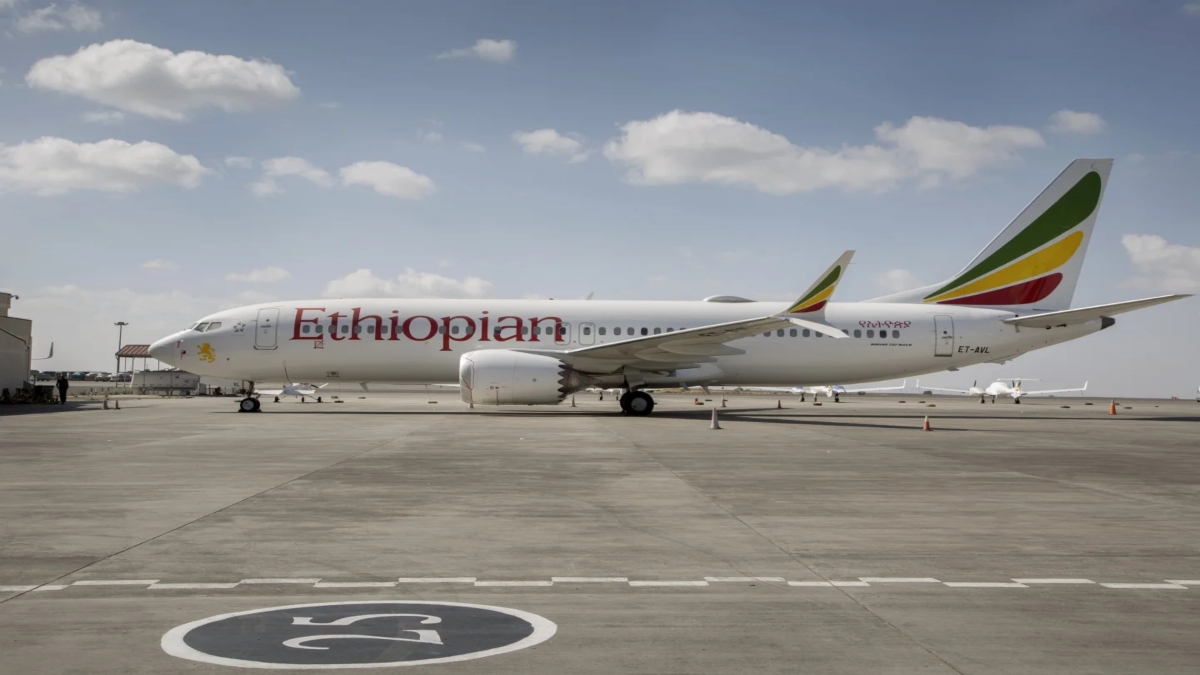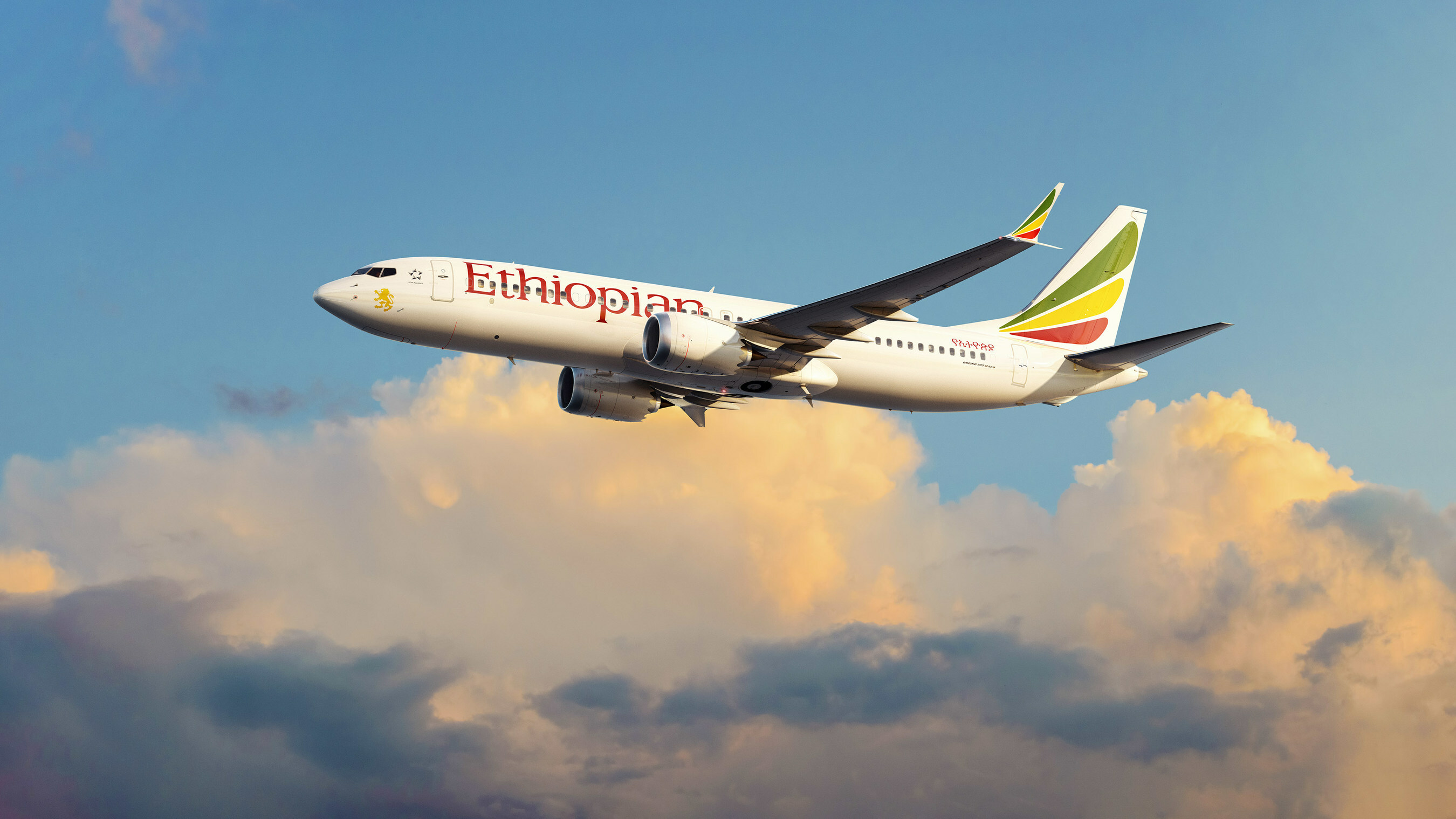A Boeing 787 Dreamliner operated by Ethiopian Airlines was forced to make an emergency landing in Mumbai after experiencing a sudden drop in cabin pressure mid flight. The aircraft, en route from Addis Ababa to Mumbai, landed safely at 1:42 am on Friday. The situation onboard led to immediate medical attention for several passengers, with one individual requiring hospitalisation due to decompression related symptoms.

Flight ET640 was cruising over the Arabian Sea at an altitude of 33,000 feet when the cabin suddenly began to lose pressure. Pilots acted swiftly and initiated an emergency descent to a safer altitude where passengers could breathe more comfortably. Oxygen masks were deployed, and the cabin crew managed the situation with emergency protocols until the aircraft reached Mumbai airport. Upon arrival, airport medical teams were on standby. Seven passengers were checked for symptoms linked to the cabin pressure loss, and while most were stabilised at the airport, one had to be taken to a hospital.
Cabin pressurisation is crucial for high altitude flights because oxygen levels in the atmosphere drop drastically as altitude increases. The system onboard continuously pumps filtered and pressurised air into the cabin to maintain a breathable environment. When this system fails or malfunctions, passengers and crew can experience hypoxia, dizziness, and other health issues in a matter of seconds. Quick action by the flight crew and the successful descent were key to ensuring that more passengers were not affected.
This incident is the latest in a growing list of concerns involving Boeing aircraft. Earlier this week, 11 people fell ill on an Air India Boeing 777 flight from London to Mumbai, with passengers complaining of nausea and dizziness. That flight also triggered an investigation into possible pressurisation or air quality issues. Additionally, past incidents including the tragic crash in Ahmedabad involving a Boeing plane that claimed 241 lives have only deepened the scrutiny around the manufacturer’s aircraft.
While investigations are still ongoing to determine what exactly caused the cabin pressure issue on Ethiopian Airlines flight ET640, aviation authorities are likely to closely examine the aircraft’s maintenance logs and system history. For passengers and frequent flyers, the event is a reminder of the importance of safety checks and quick response systems in modern aviation. Boeing and airline operators will continue to face pressure to ensure their fleets are in top condition, especially as the global travel industry moves back to full capacity after years of pandemic disruption.)
The safe landing in Mumbai was a relief, but it also added to the growing global conversation around flight safety, particularly concerning long haul aircraft like the Dreamliner. Passengers onboard may remember the fear of that moment for a long time, but they were also witness to how crucial well trained pilots and emergency systems are when something goes wrong in the air.
For more updates on global travel, aviation news, and destination insights, follow Travel Moves on Instagram and Facebook.








